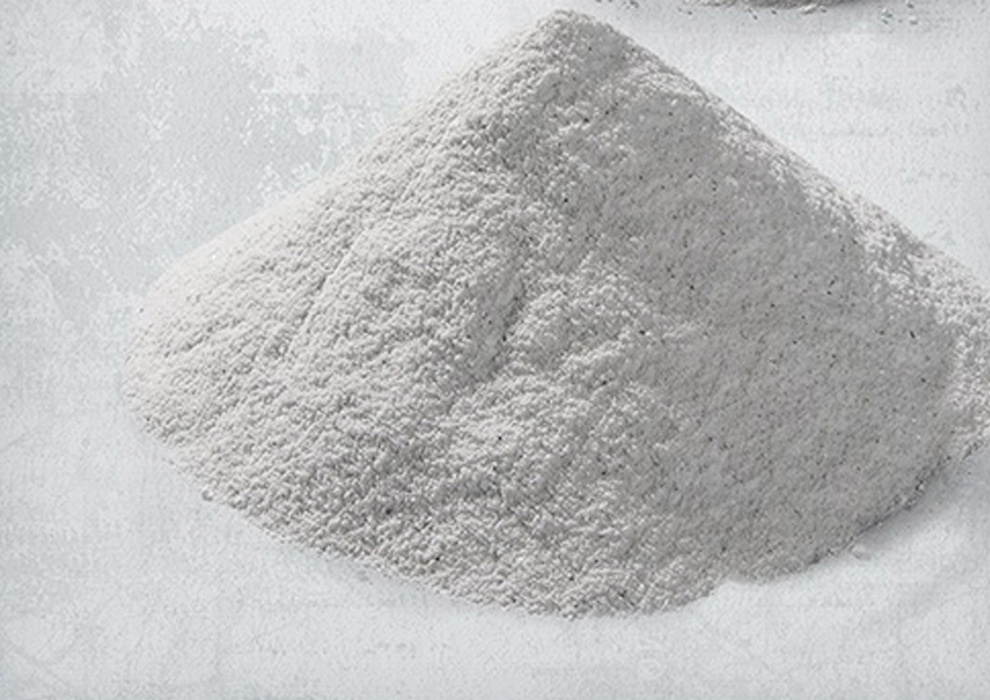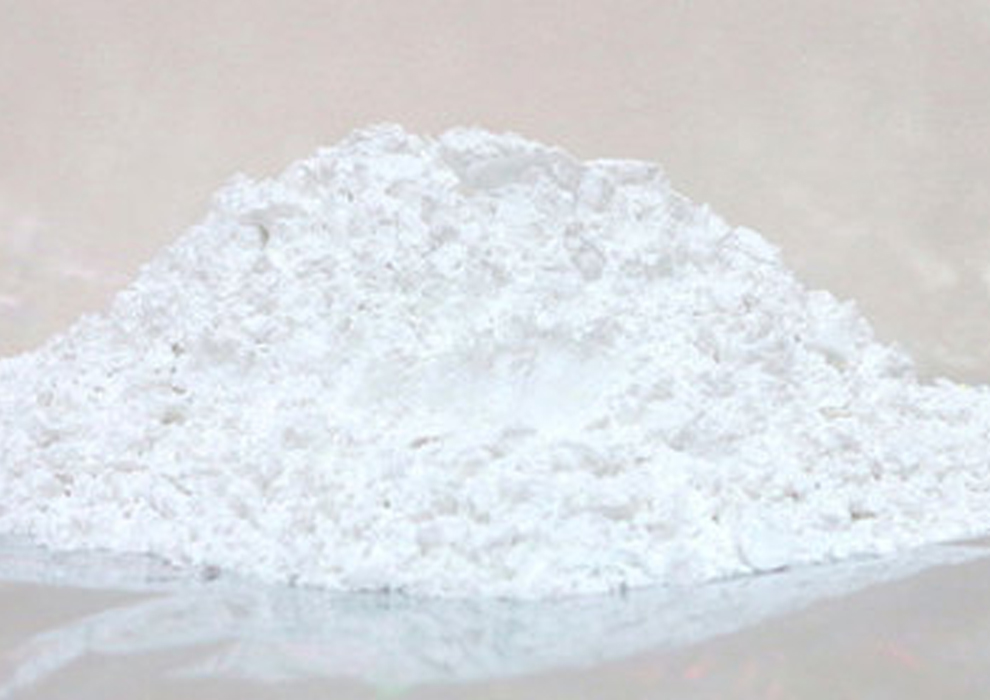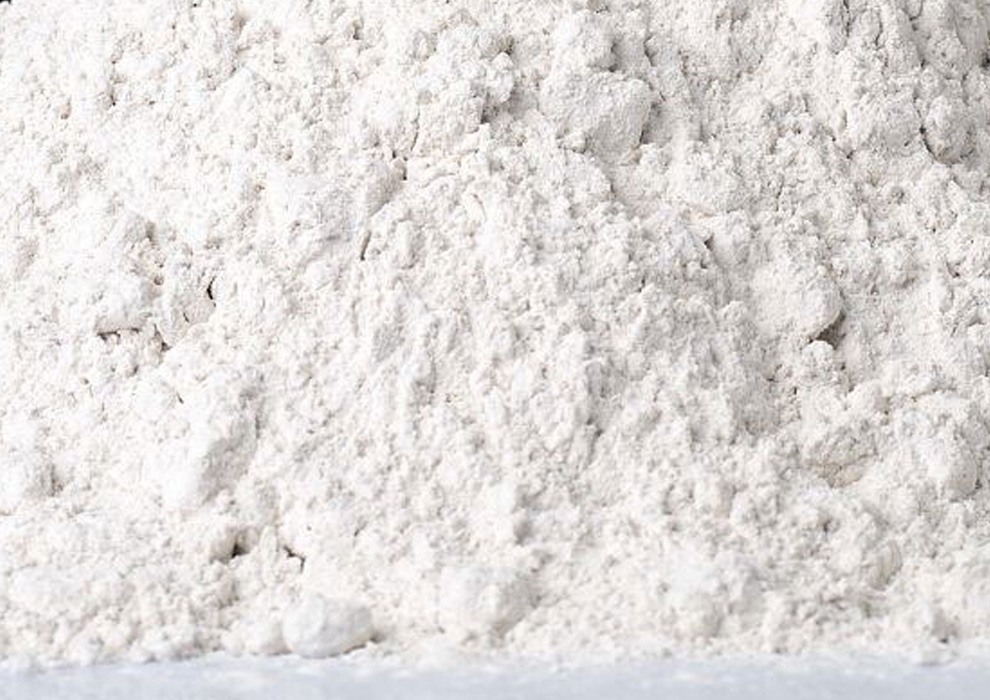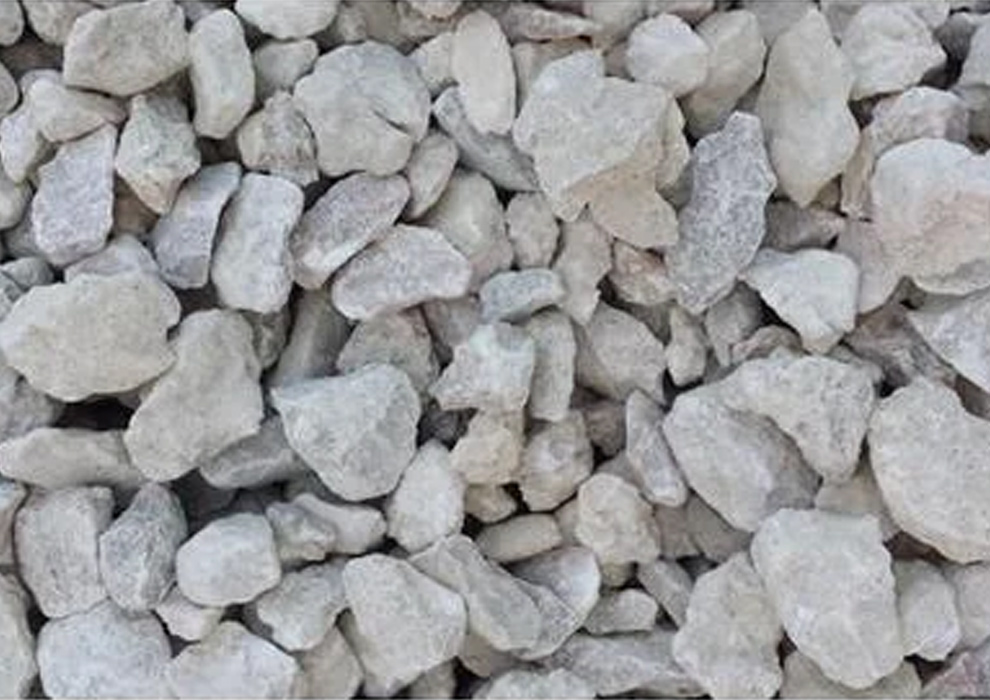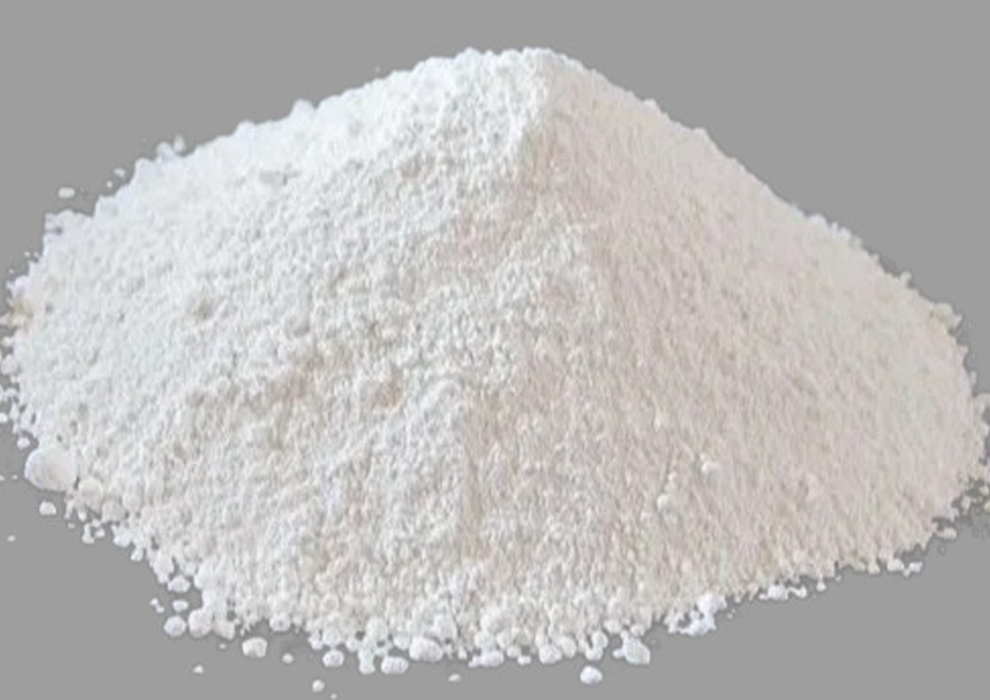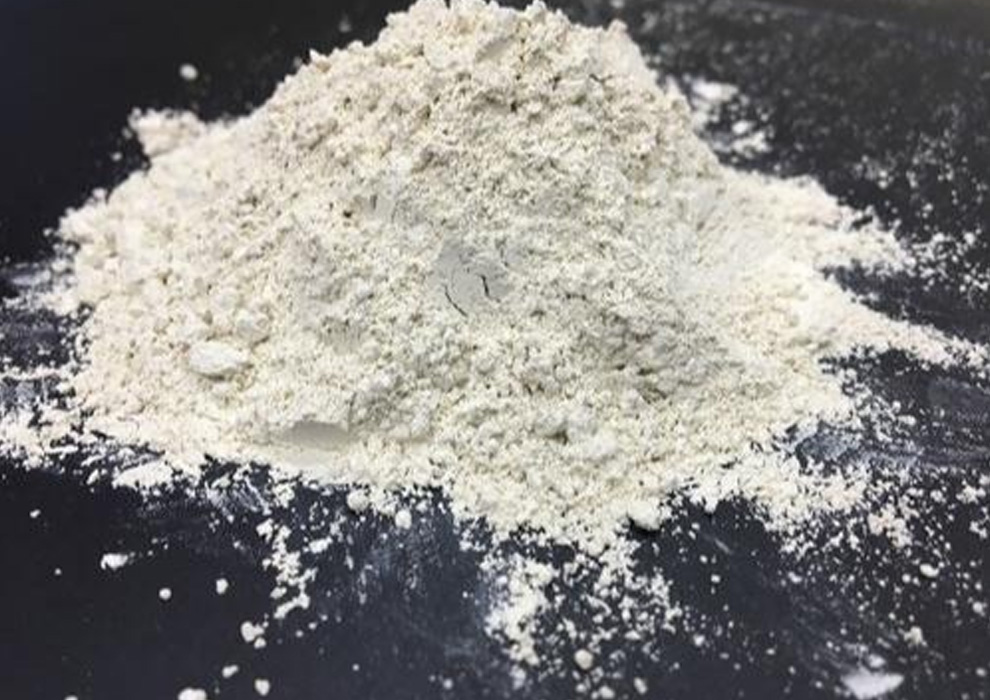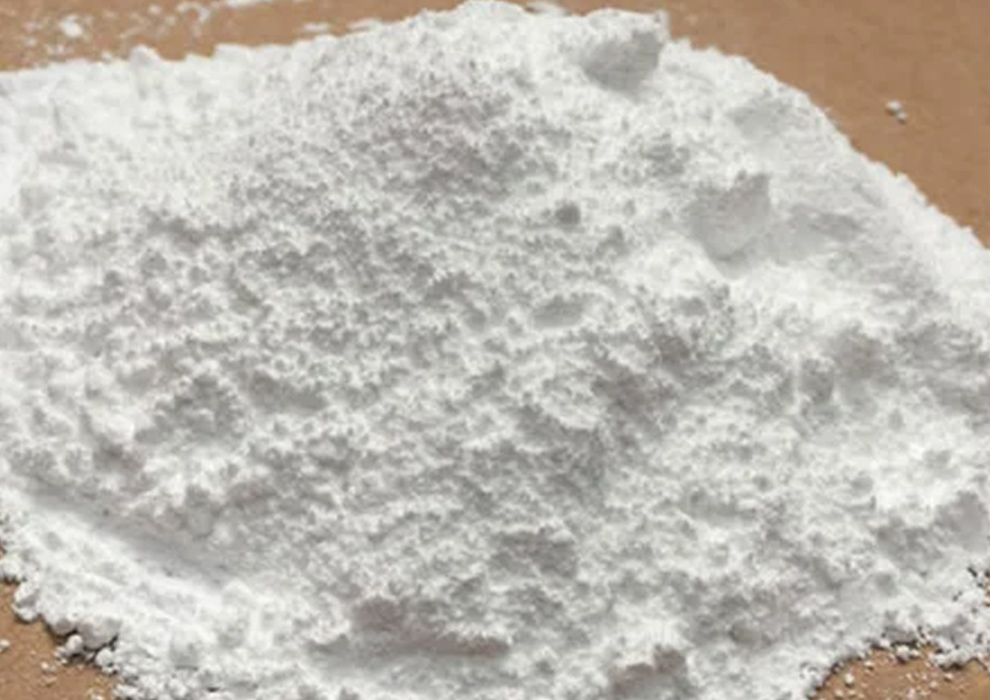White Wash Lime Powder


White Wash Lime Powder Uses
Composition
Whitewash is made by mixing hydrated lime (calcium hydroxide) with water to create a slaked lime mixture. This mixture is then applied as a paint. Sometimes, other natural additives like chalk, salt, or casein (a milk protein) are incorporated to enhance properties like adhesion and durability.
Aesthetic Appeal
Whitewash creates a unique appearance on surfaces. It typically gives a matte finish with subtle variations in color and texture. Over time, whitewash can develop a weathered and aged appearance, which adds to its charm.
Breathable Coating
One of the advantages of whitewash is its ability to allow the underlying surface to "breathe." This means that moisture vapor can pass through the coating, reducing the likelihood of trapping moisture within walls and causing damage.
Outdoor Use
Whitewash has been historically used for exterior applications, such as coating fences, barns, and other structures. It provides some protection against the elements and can help reflect sunlight.
Indoor Use
Whitewash can also be used indoors on walls and ceilings to create a rustic and natural look. It has been a popular choice for traditional and cottage-style interiors.
Lime wash vs. Modern Paint
Whitewash is different from modern paints, as it lacks the synthetic chemicals found in conventional paints. It is considered more environmentally friendly due to its natural composition.
Application
Applying whitewash requires some skill and technique, as it is thinner than conventional paint and needs to be brushed or rolled on evenly. It can take a few coats to achieve the desired level of coverage.
Historical Significance
Whitewash has been used historically in various cultures and regions around the world. It was often used as a cost-effective way to protect and decorate buildings.



